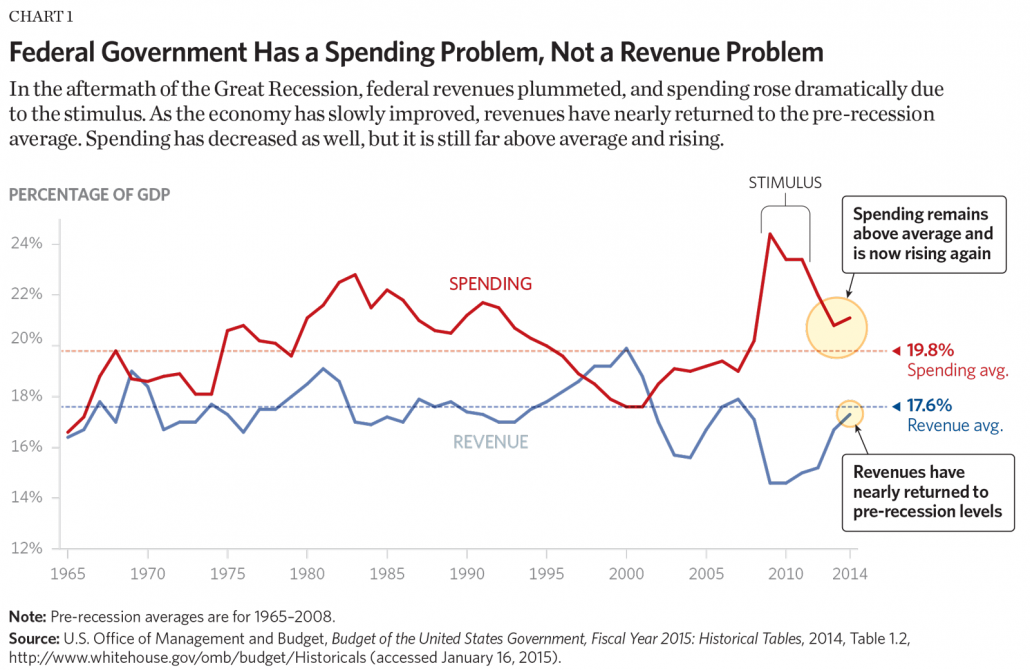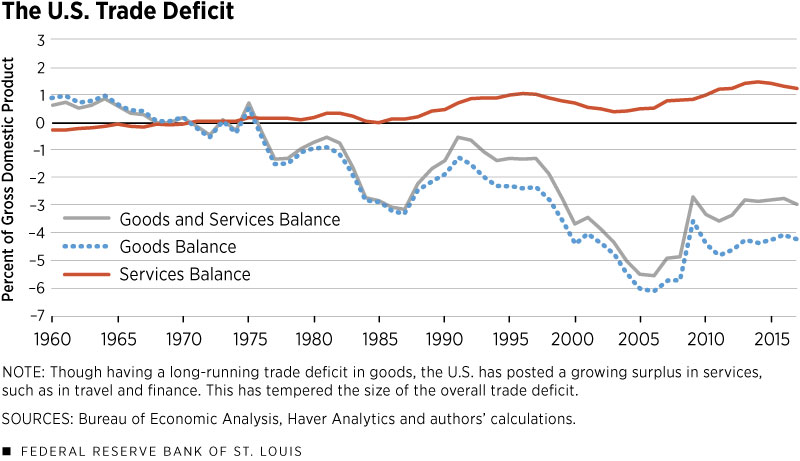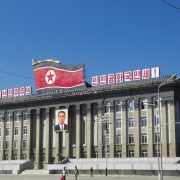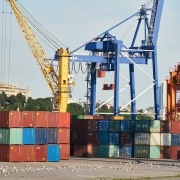What were the twin deficits of USA?
Topic of Study [For H2 History Students]:
Paper 1: Understanding the Global Economy (1945-2000)
Section B: Essay Writing
Theme II Chapter 1: Problems of economic liberalisation
Why was the “Golden Age of Capitalism” unsustainable?
In the first two decades of the post-WWII period were characterised by the miraculous economic recovery and expansion of many countries, such as Japan and Western Europe.
USA, as the major advocate of trade liberalisation, also benefited from this sustained period of economic progress, as observed by its wide-reaching influences through the deployment of American multi-national corporations (MNCs). Host countries gained from influx of foreign investment as well as job creation.
However, this economic exuberance did not last by the 1960s. USA experienced a severe economic problem known as the “twin deficits”. Furthermore, the energy crises (oil shocks) of the 1970s further exacerbated the problem as it gave rise to stagflation in the USA.
What are the “twin deficits”?
The “twin deficits” refer to the onset of fiscal deficit and current account deficit.
1. Fiscal Deficit: Overspending
By definition, fiscal deficit occurs when the government expenditure exceeds its revenues. This is more commonly known as a ‘budget deficit’. In the case of the post-war years, countries encounter a fiscal deficit when the government spend large sums of money to rebuild their infrastructure. Similarly, this form of deficit can also be seen when governments are trying to recover from a recession.

The causes of fiscal deficit in USA were largely linked to two notable areas: US President Lyndon Johnson’s “Great Society” programme and the Vietnam War.
In 1964, Johnson introduced the welfare programme to eliminate poverty (War on Poverty) and improve the socioeconomic conditions of the American people.
However, as the American troops were increasingly deployed in Vietnam to fight the Cold War proxy conflict, the US President had to divert his funds from the above-mentioned welfare programme to sustain the war effort.
According to The New York Times, the American government spent approximately $141 billion in Vietnam over the course of 14 years. It was reported that the Vietnam War cost the USA nearly $2 billion per month.
Therefore, the US government directed the Federal Reserve to increase money supply by printing more US dollars (USD). Later, this created an oversupply issue that caused the collapse of the Gold-Dollar fixed exchange rate system in 1971.
2. Current Account Deficit: Trade Imbalances
The second type of deficit is more closely related to the condition whereby the import expenditure exceeds the export revenue. This is a problematic condition as the government has to finance the trade deficit.

This trade deficit can be explained by the increased trade competition with Western Europe and Japan. In the post-war years, USA tolerated the protectionist measures of these two growing economies so that they can become new markets for trade.
However, after these economies achieved pre-war industrial levels of production, many firms competed with American counterparts. In particular, West Germany and Japan became the key competitors that outpaced USA in the global markets.
For example, Japanese automobiles were highly sought-after due to its fuel efficiency and affordability. In fact, some of the top ten automobiles originated from Japan, such as Nissan and Toyota.
As a result of the loss of export competitiveness, USA experienced severe trade imbalances vis-à-vis West Germany and Japan. By 1980, US trade deficit rose to $40 billion. In response, USA reversed its trade liberalisation policy and engaged in protectionism, as seen by its imposition of the Voluntary Export Restraint (VER) towards Japan autos in May 1981 to mitigate the adverse effects of trade imbalances.
What can we learn from this article?
Consider the following question:
– How far do you agree that the twin deficits of USA were the most important cause for the decline of American economic dominance in the 1970s [to be discussed in class]?
Join our JC History Tuition and discover the essentials of essay writing for the topic of the Global Economy. We also offer H1 History Tuition for students who are in need of guidance. We provide summary notes, essay outlines and source based case study practice questions to raise the productivity of your revision.
The H2 and H1 History Tuition feature online discussion and writing practices to enhance your knowledge application skills. Get useful study notes and clarify your doubts on the subject with the tutor. You can also follow our Telegram Channel to get useful updates.
We have other JC tuition classes, such as JC Math Tuition and JC Chemistry Tuition. For Secondary Tuition, we provide Secondary English Tuition, Secondary Math tuition, Secondary Chemistry Tuition, Social Studies Tuition, Geography, History Tuition and Secondary Economics Tuition. For Primary Tuition, we have Primary English, Math and Science Tuition. Call 9658 5789 to find out more.











